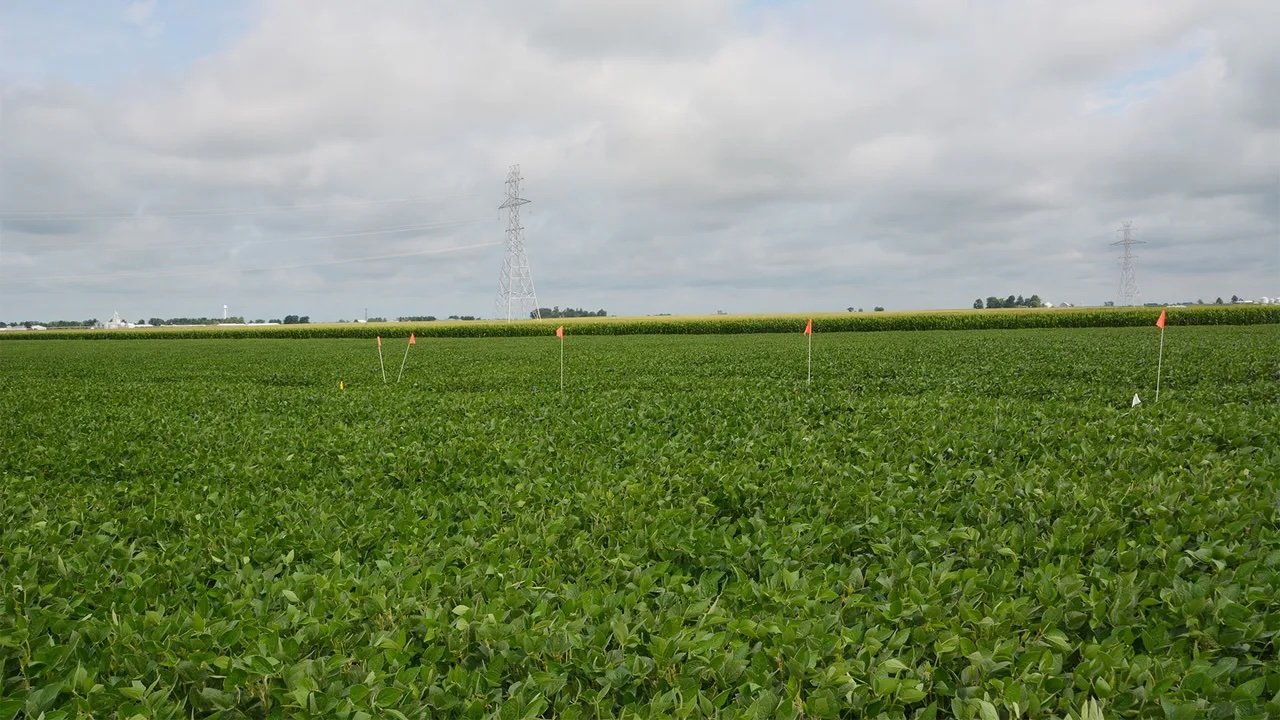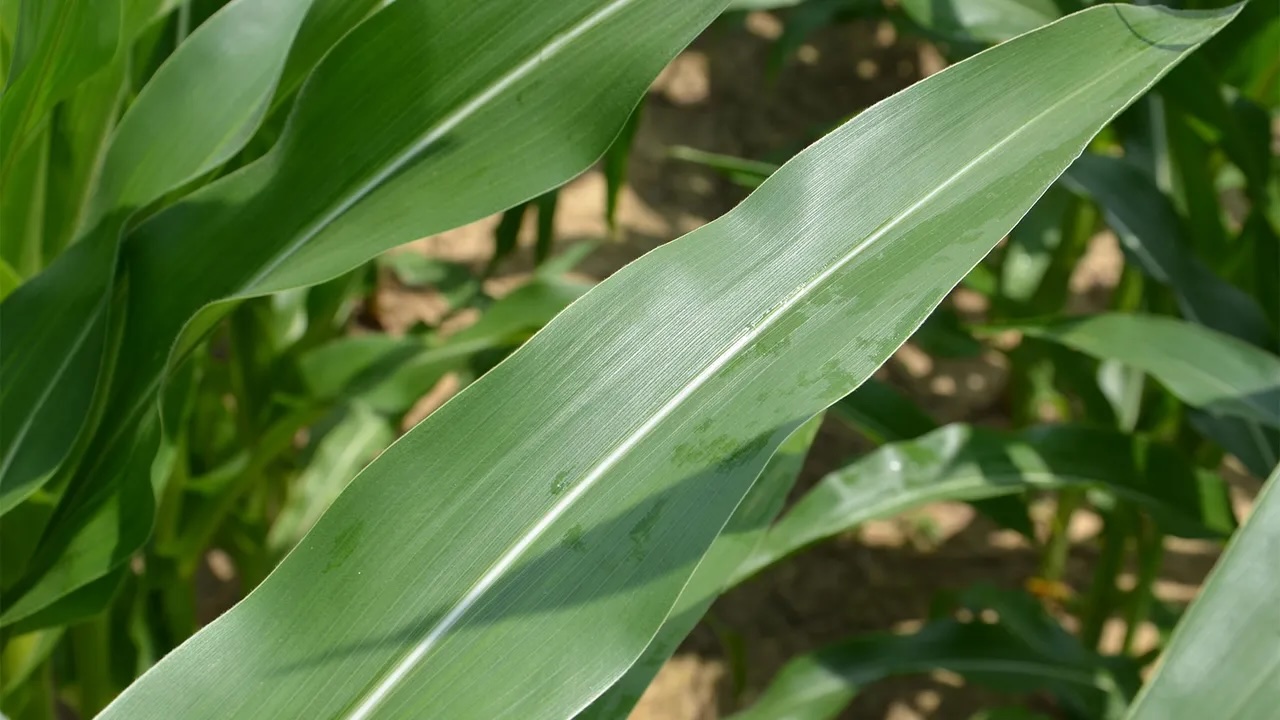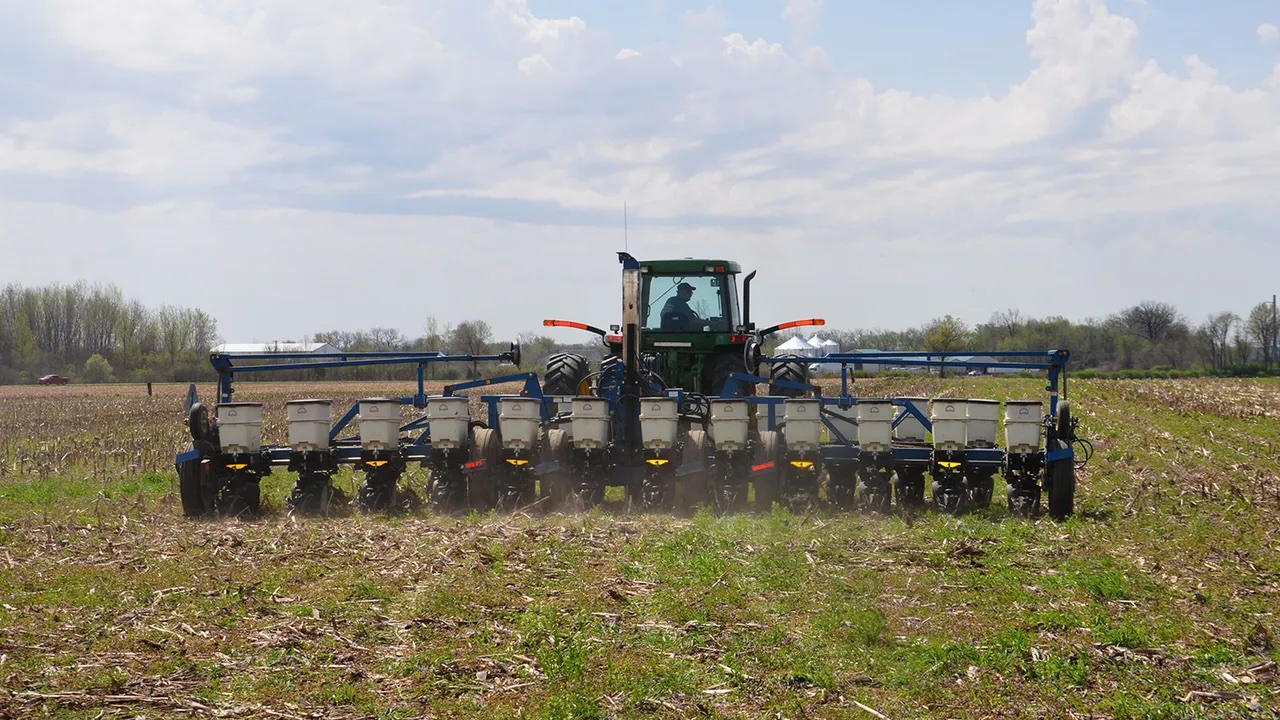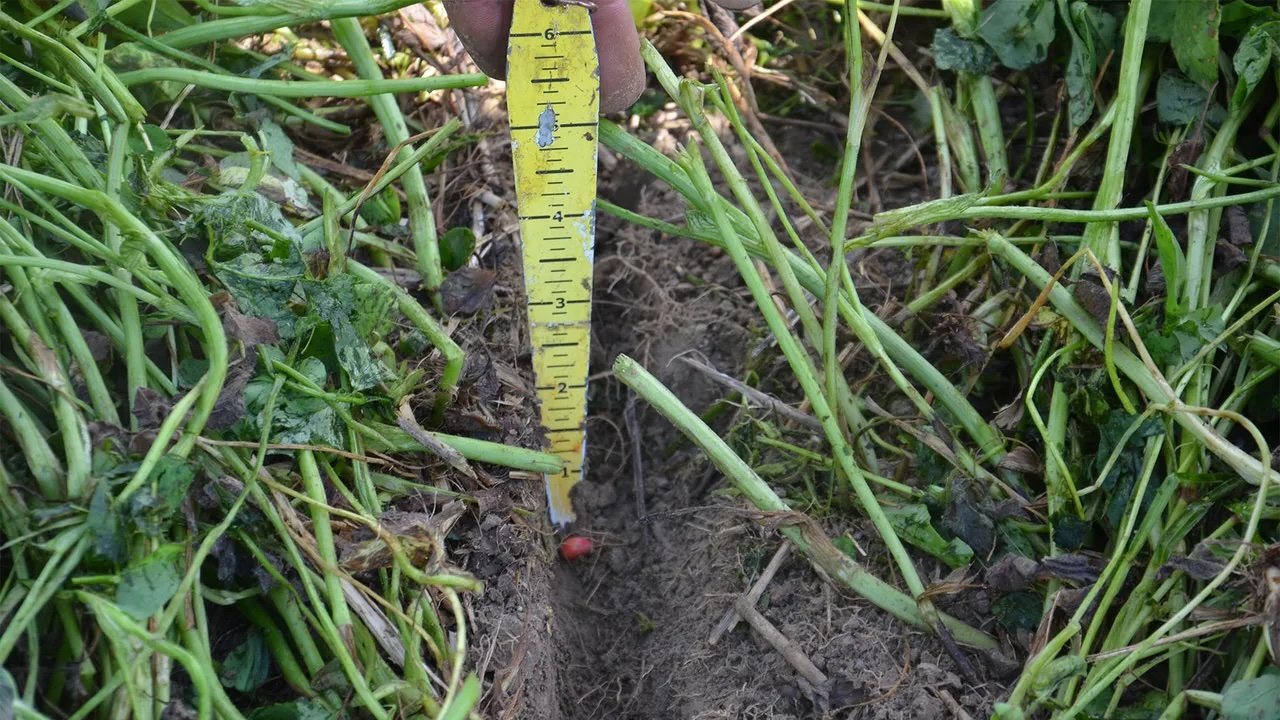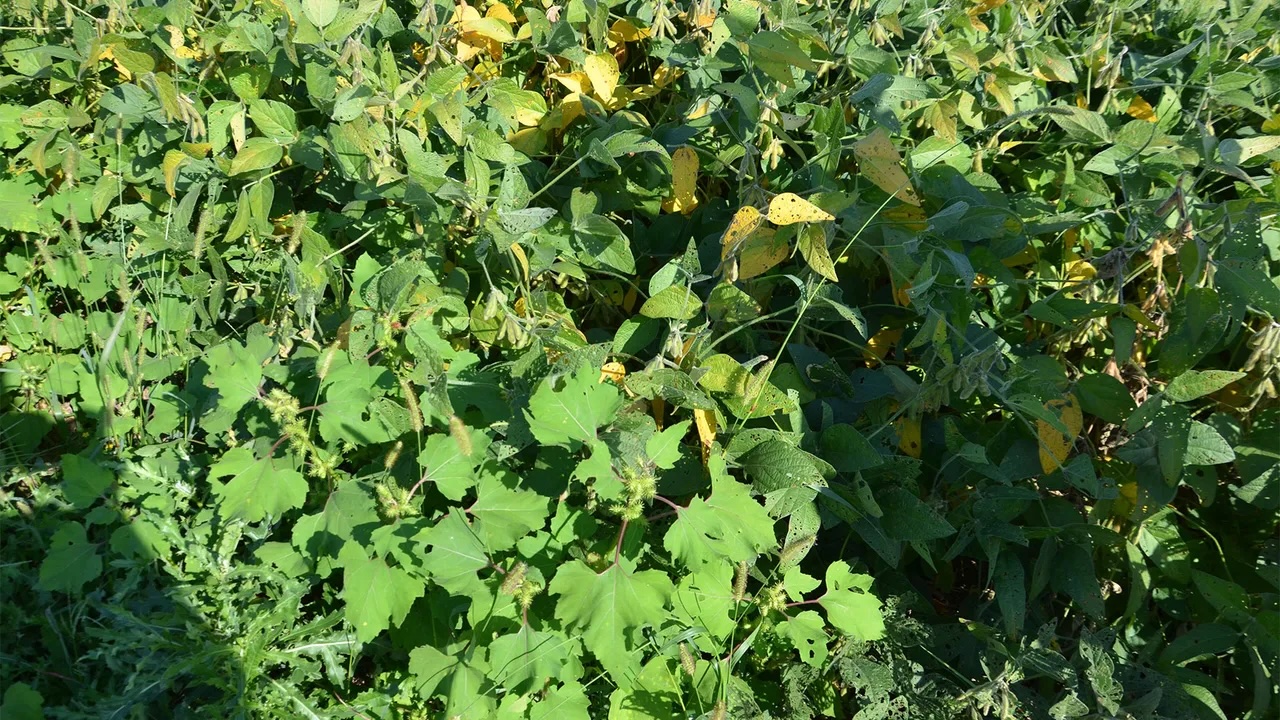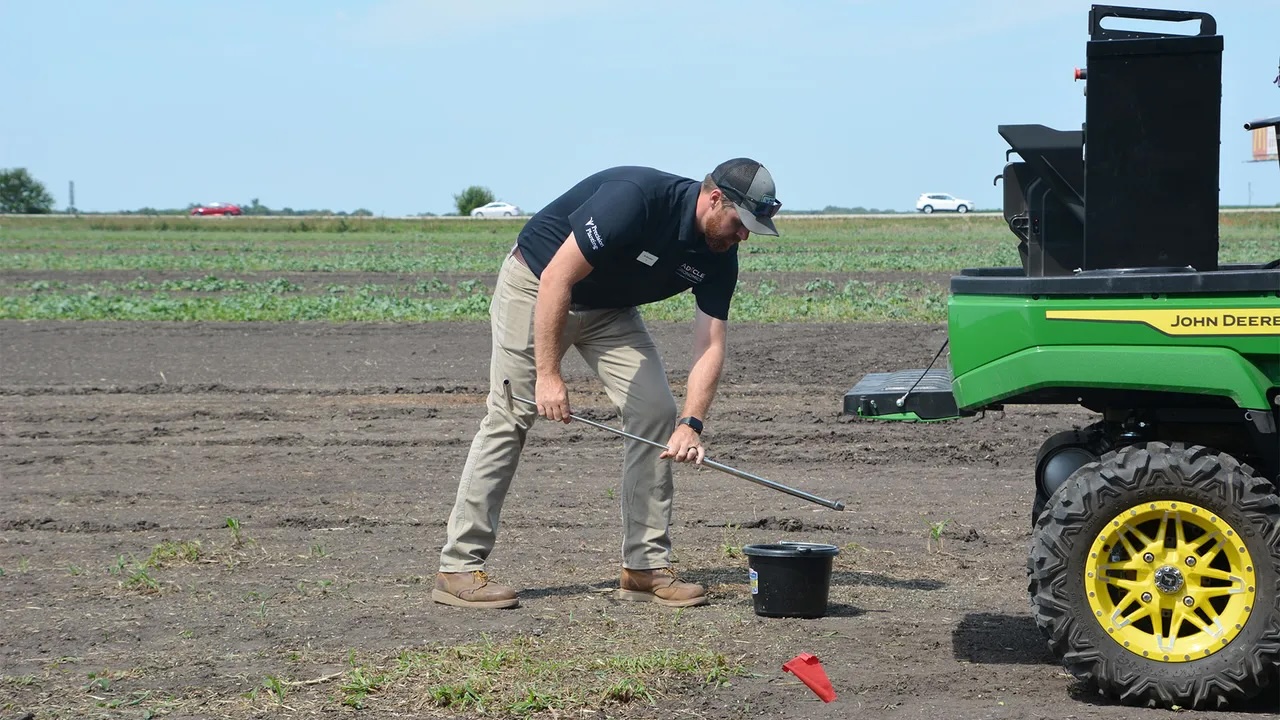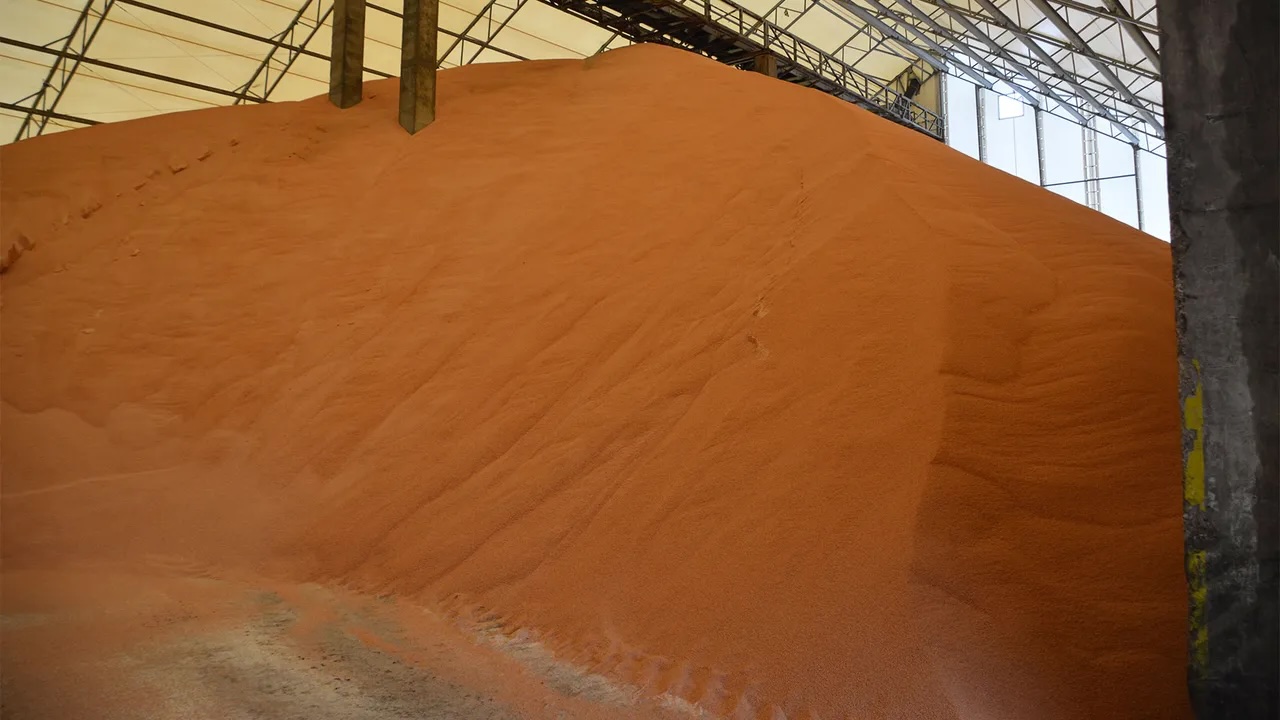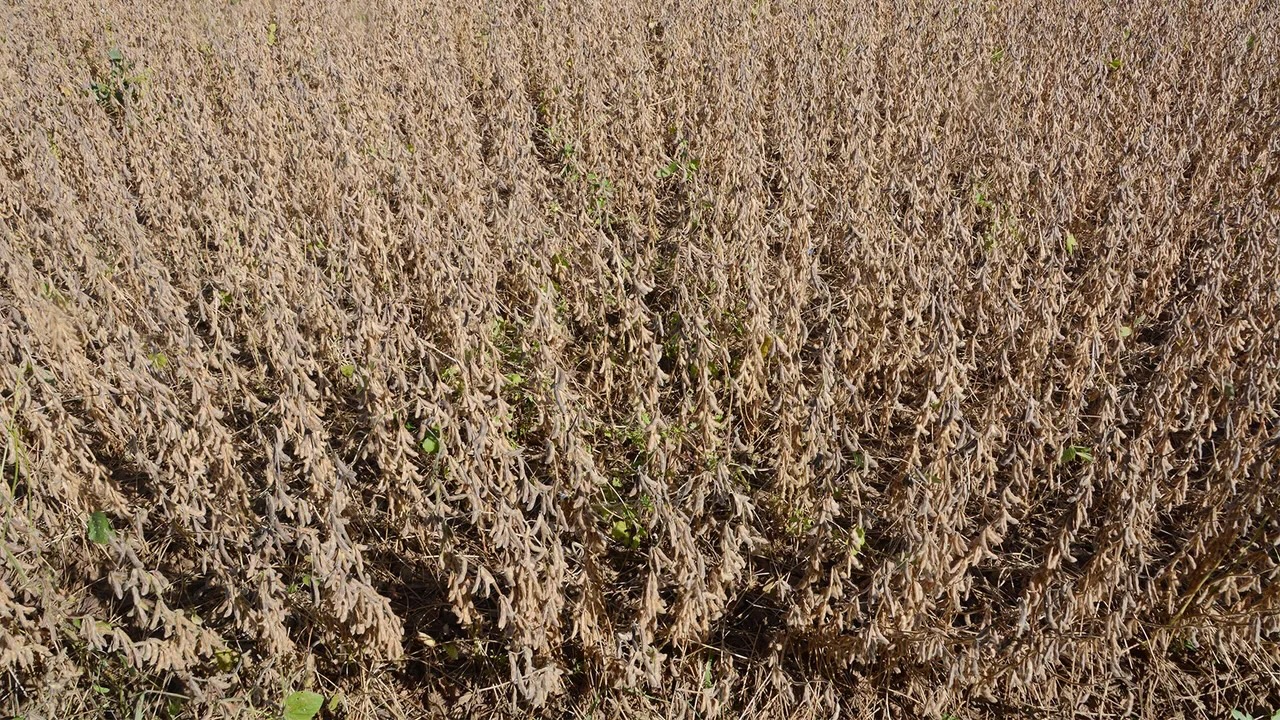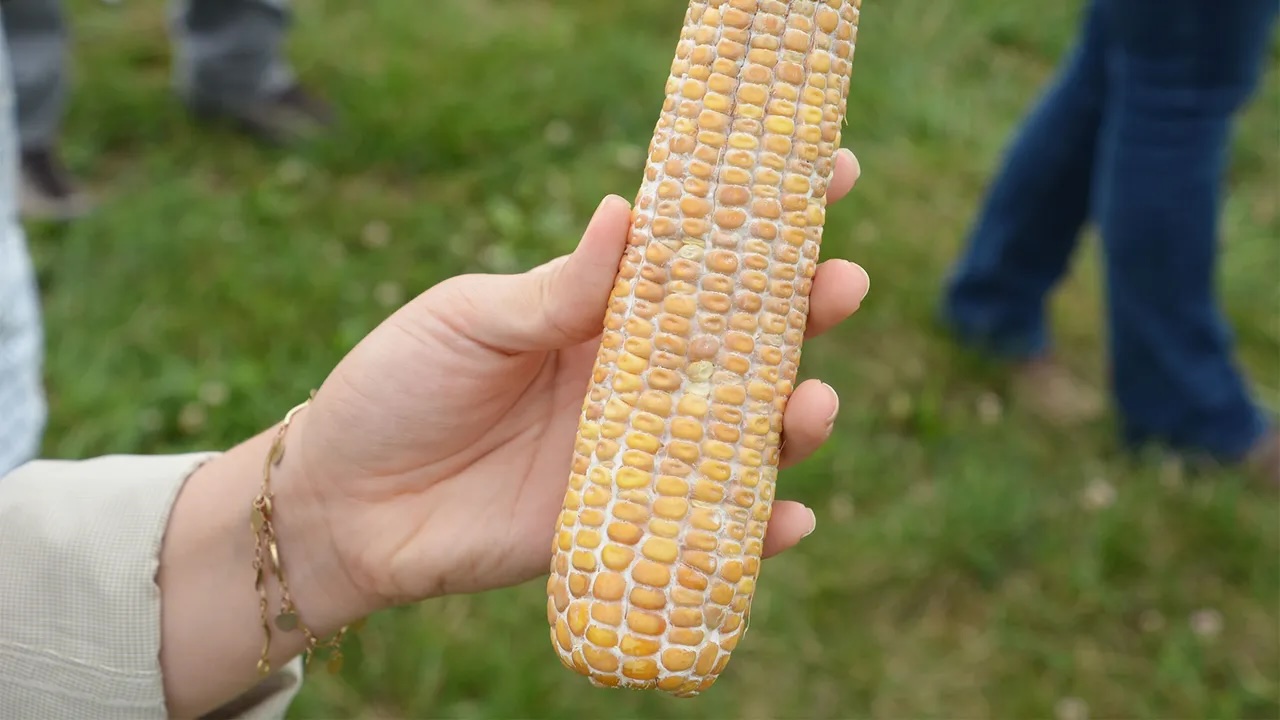Major hail damage doesn’t mean total loss

Hail hit in late June with soybeans blooming. I am not happy with the hail insurance adjustor. Plants look battered with leaves dinged up. He doesn’t act like it’s a big deal and says to just wait and see how they perform. Is he right? What can I expect the rest of the season?
The Indiana certified crops adviser panel answering this question includes Danny Greene, Greene Crop Consulting, Franklin; Abby Horlacher, Nickel Plate Consulting, Frankfort; and Brian Mitchem, Farmer 1st Agronomy Consulting Services, Decatur.
Greene: A Purdue Corn and Soybean Field Guide table compares estimated soybean yield with a range of defoliation. It estimates that soybeans at R1 bloom stage with 75% defoliation are only expected to encounter a 5% loss.
One reason is that plants have time to redirect their energy toward new blooms over the remainder of the season. If a soybean growing point is injured, the next lower axillary growing points usually initiate additional branching. If hail hit during the later reproductive stages, the damage would be much more severe.
Crop insurance adjustors have a specific loss adjustment manual to evaluate situations like hail claims. The manual is based on documented events and research to predict the most likely outcome when injured at each growth stage.
Horlacher: Hail damage can look brutal within the first few days on soybeans. Soybeans are resilient and will put on new leaves and blossoms. In a week or two, you will not be able to tell that hail came across the field.
If you are still nervous the crop will not perform, I would make sure to document the damage in the field with pictures and videos. You can submit these photos to insurance in case yield was affected more than they documented at the time of hail.
Mitchem: Hail damage is a legitimate concern, and you have done the right thing by contacting your adjuster as a starting point. The great thing with beans is that, since they reproduce over a long period of time, an individual stress event like hail has minimal impact.
The growth stage of the beans is very important when discussing hail. The earlier the hail event occurred, the better chance for recovery with minimal damage. The adjuster is correct in their assessment of the damage at early flower, as beans are not yield-limited by flower production. Leaf damage looks worse than it is most of the time.
I would scout for bacterial diseases such as bacterial blight closely, as bacterial diseases enter the plant through wounds from things like hail. Bacterial diseases do not respond to fungicide treatment, but they do respond to a bactericide like Kocide 3000. Outside of the potential for bacterial disease, the beans should achieve expected yield potential.


